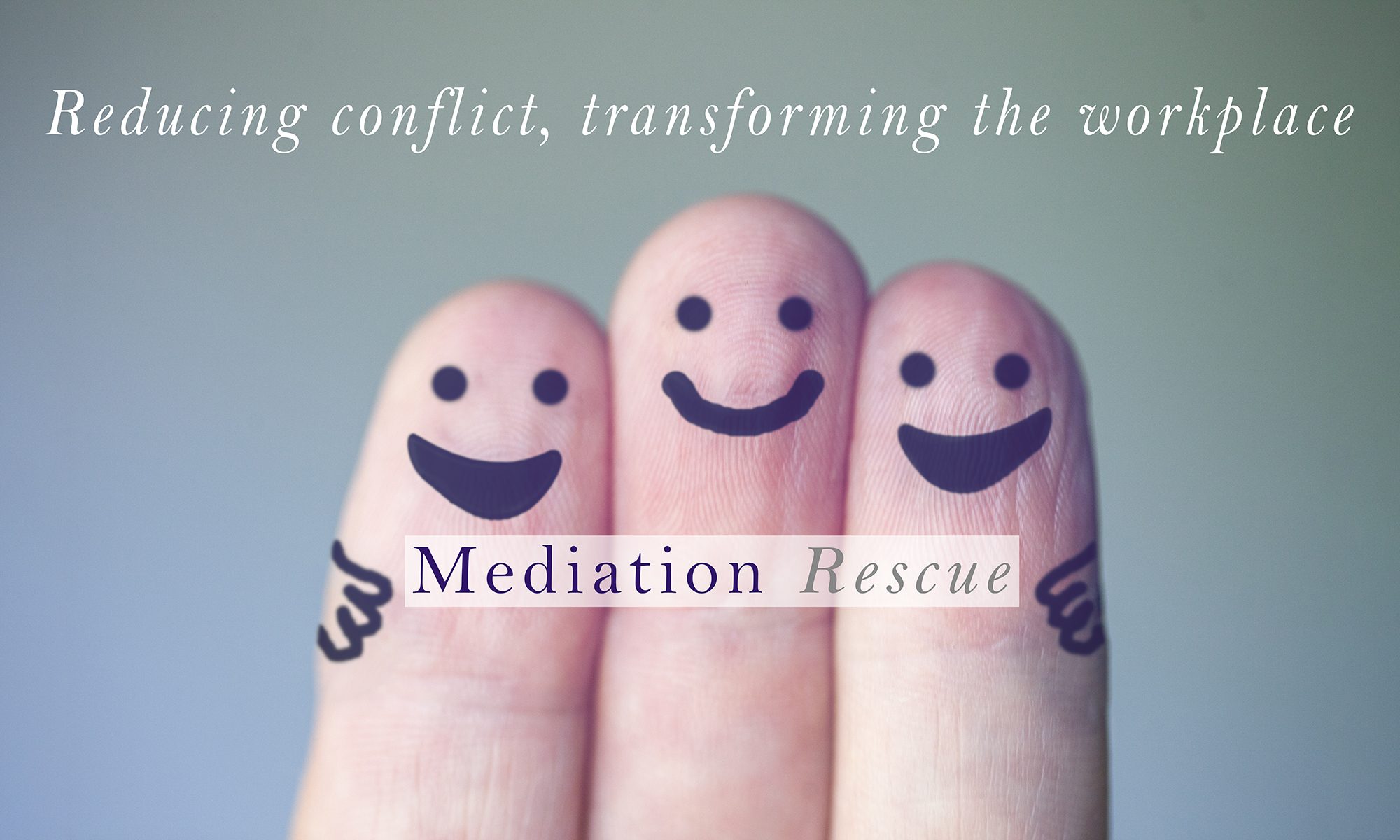According to new research published by Process Bliss in January 2019, almost half (43%) of employees in SMEs have changed jobs because of unaddressed workplace stress and frustrations and one third have cited these reasons for periods of sickness absence. In addition, 68% of SME employees say collaboration in their company could be improved and a whopping 75% say communication in their company could be improved.
The Process Bliss research is focussed towards process failures and is based on a sample size of only 1000 employees in SMEs, but the results seem consistent with available anecdotal evidence and probably will not surprise many HR professionals or mediators involved in trying to manage or resolve conflict in the workplace. Although better processes and better management of processes is clearly important, these are only one component in reducing workplace stress. The obvious need for better collaboration and better communication calls for a multi-faceted approach, including equipping staff with soft skills to manage situations better.
The research showed that there were numerous sources of workplace stress that could be addressed by better collaboration and/or better communication:
| Chasing colleagues for updates | 33% |
| Lack of information or clarity when asked to do something | 31% |
| Lack of control over a situation | 28% |
| Lack of guidance/direction from your boss | 26% |
| Lack of response to emails | 25% |
| Lack of effective collaboration with colleagues | 24% |
| Being chased by your boss unnecessarily | 23% |
| Being micromanaged by your boss | 15% |
| Lack of trust placed in you by your boss | 12% |
Of course, this research is all seen from the employee’s point of view and reveals only their perception. It would be very interesting to know what the bosses might have to say about the last three items in that list in particular. It would come as no surprise to a mediator to learn that the bosses’ perceptions of the underlying events were wholly different and that when put in a room together to discuss their respective perceptions, the parties would rapidly discover that things were not at all how they seemed to them. Better communication and better collaboration would almost certainly have a big impact on those statistics. Both employees and bosses alike need to have a better understanding and appreciation of their respective roles and responsibilities and the pressures that each are under. Especially, when there are deadlines and time pressures involved it is critical that people’s efforts are properly acknowledged. This comes partly from better dialogue and by creating an atmosphere where someone who is struggling with a situation feels able to speak up to get the issue addressed. This should be so, even if the difficult situation is wholly or partially caused by something they have done or not done.
Training managers and employees in how to communicate better in difficult or trying situations will lead to better understanding, better collaboration and a host of other unexpected benefits. Better dialogue and reduced fear of raising issues can also bring with it positive changes to process and innovations, which in turn can lead to enhanced productivity, better staff retention, fewer grievances or disciplinary process, fewer sickness absences, decreased cost of conflict and all in all a much happier workplace.

